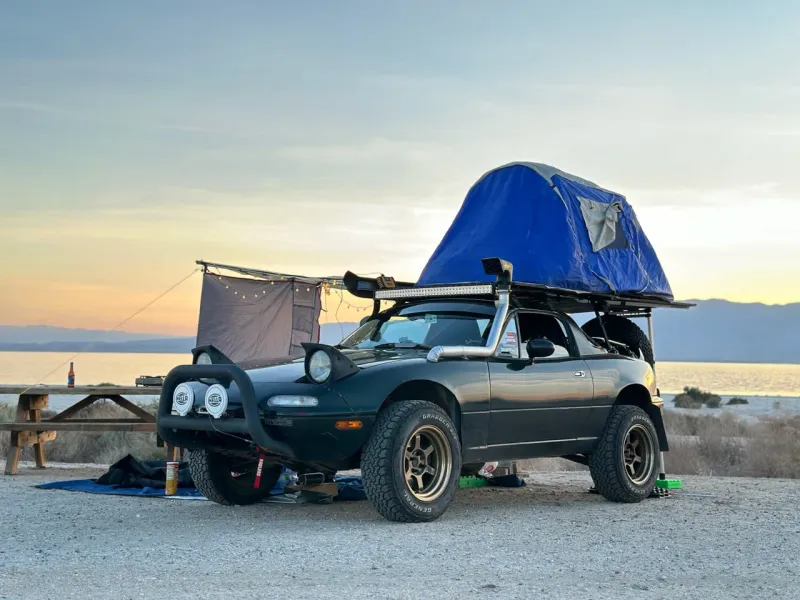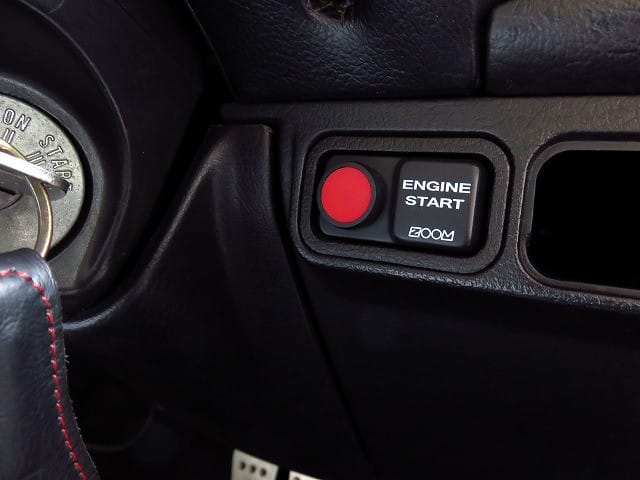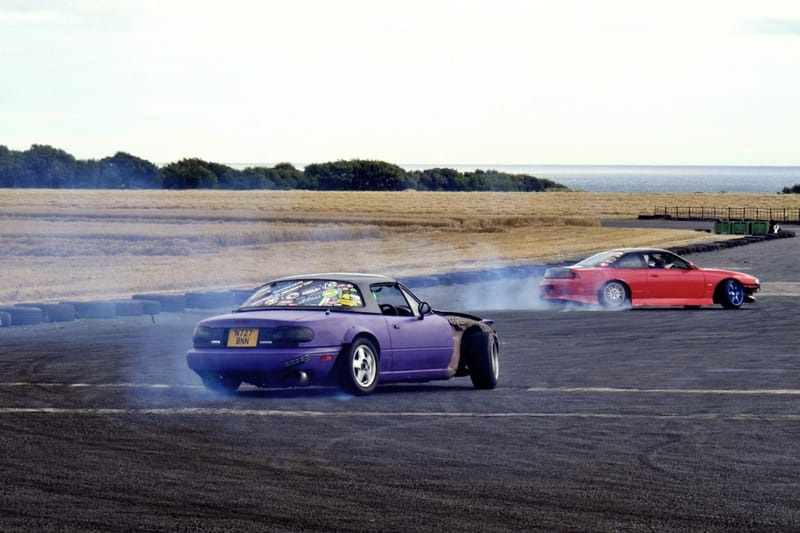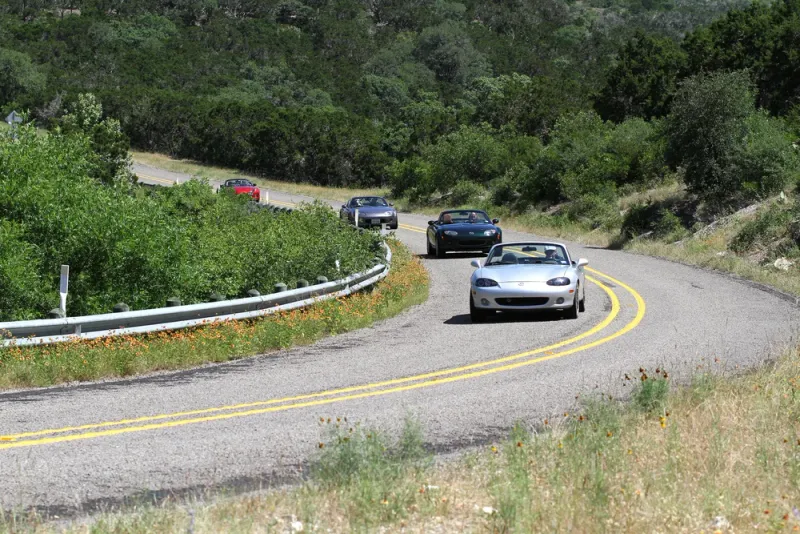The Best Miata Drives in North Carolina
North Carolina offers some of the most rewarding Miata roads in the U.S., blending high elevation, unpredictable weather, and a mix of calm and chaos. The Blue Ridge Parkway is all about smooth flow it’s best enjoyed as a momentum road with sweeping curves and scenic overlooks.
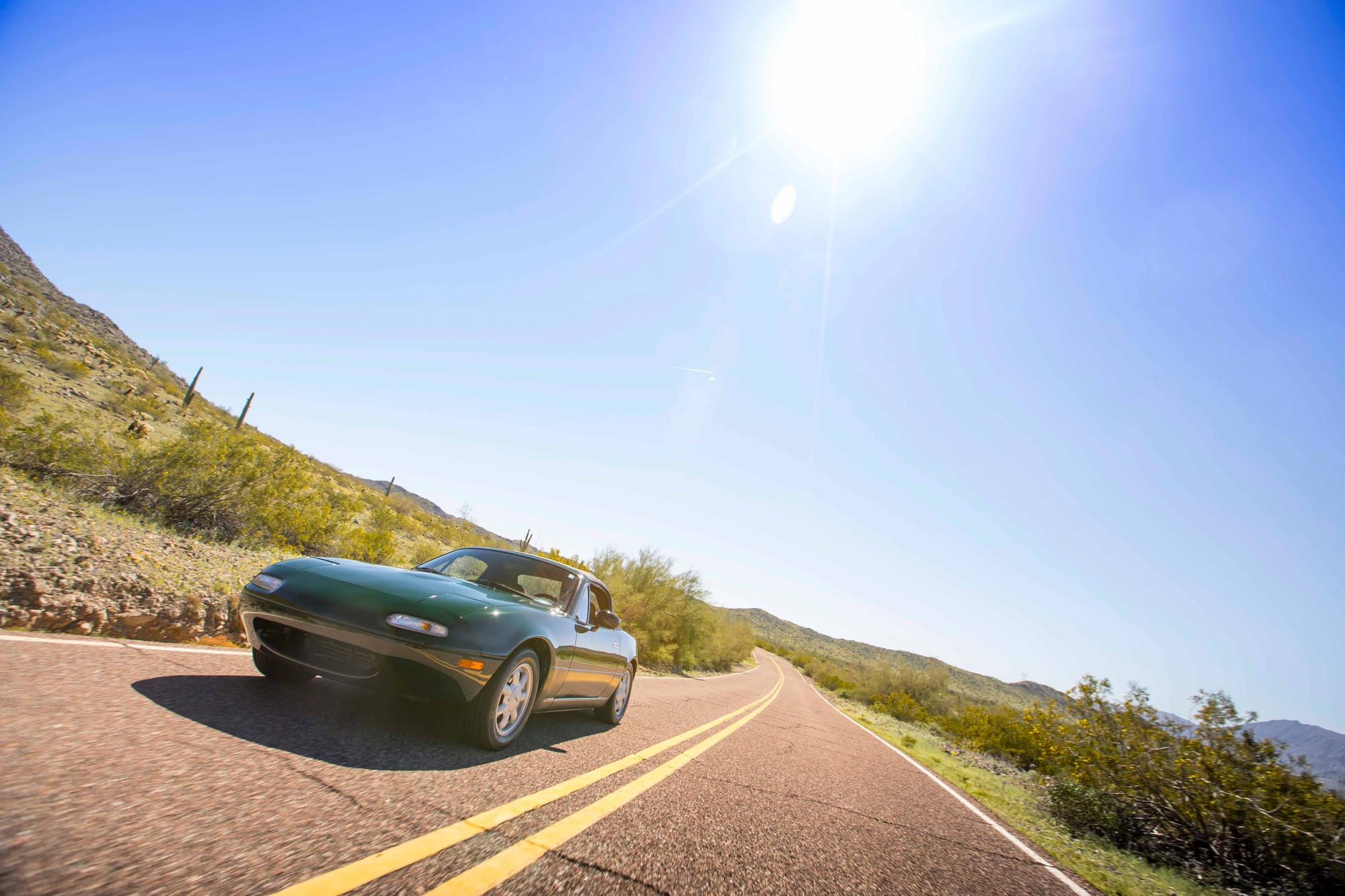
North Carolina’s greatest driving hits live across big elevation, changing weather, and a mix of strict parkway etiquette and rowdier mountain technicals. On the Blue Ridge Parkway the default speed limit is 45 mph and it’s enforced, with slower zones sprinkled in and frequent maintenance closures, so it’s smart to check the status the morning you head out.
North Carolina mixes strict parkway with rowdy mountain technicals and fast-changing weather. On the Blue Ridge Parkway the default limit is 45 mph and it’s enforced; treat it like a momentum road, not a stage. The Smokies bring stacked corners, blind crests, and the kind of vertical that punishes hot brakes. Mountain towns have fuel and food; ridges often don’t. Plan sunrise starts, mid-week runs in peak season, and always leave room in your day for a weather pivot.
The Driver’s Rulebook
Be smooth, be predictable, and let faster traffic by at pull-offs. Never cross double yellows. Expect gravel in shaded corners, leaf litter in October, deer at dawn and dusk, and cyclists on the Parkway. Use engine braking on long descents, and give yourself a cooldown stretch after intense segments. A Miata shines when you preserve momentum, look long, brake earlier than you think, and roll onto throttle cleanly.

Miata Setup Tips
Fresh brake fluid and healthy pads are cheap confidence. Tires with good tread depth matter when storms pop up. A neutral street alignment (mild rear toe-in, near-zero front) keeps the car alert without twitchiness. Pack light, payload is limited, and keep the trunk tidy to help cooling and rear grip. Carry a cap and sunscreen for crestline runs, and a light mid-layer for high-elevation swings on the ridge roads.
Where to go?
1) Blue Ridge Parkway , Pisgah Region (MP ~340–469)
This is the crestline flow road, gentle cambers, long sightlines, and linking corners that reward a calm 3rd–4th gear rhythm. Elevation changes are cinematic but the vibe is measured. Treat it like a ballet, not a brawl.
Start/stop & rhythm: Base out of Brevard or Asheville. Good entry points sit near Mount Pisgah and Looking Glass Rock. Expect a steady 45 mph cadence with occasional lower zones. The surface is generally consistent; sightlines open and close with the terrain, so keep your eyes far down the road and trace late apexes to protect momentum.
Pace notes:
- Morning light reveals pavement texture; aim for unhurried, no-drama inputs.
- Watch for damp patches on north faces and pea gravel near overlooks.
- Exit strategies abound: dropping off the crest delivers tighter roads if you want to dial up the intensity later in the day.
This is the best classroom for momentum driving. Your Miata feels planted and talkative, and you’ll learn to carry speed without ever looking like you’re trying.

2) Tail of the Dragon (US-129)
Eleven miles, hundreds of bends, zero intersections. Corners stack in quick succession, radii vary, and a few tighten late. This is second-and-third-gear concentration with constant weight transfer. Smooth inputs beat bravado every time.

Start/stop & rhythm: Deals Gap is the natural hub. Run it at sunrise for clear air, then turn around and do it again once you’ve built a mental map. Two laps (out and back) let you discover camber pockets, reference trees, and safe brake zones.
Pace notes:
- Brake earlier than you think, trail off gently, and commit to late apexes.
- Watch for decreasing radii after short “straights.”
- Expect enforcement and photographers; keep it clean and consistent.
The Dragon forces you to tidy your hands, your eyes, and your timing, and your Miata’s balance becomes the star.
3) Cherohala Skyway (NC-143 / TN-165)
Think Parkway feel at a grander scale, big, consistent camber, huge sightlines, and high-elevation sweepers that settle into a relaxed 4th–5th gear lope. Temperatures and wind change quickly with altitude.
Start/stop & rhythm: Robbinsville to Tellico Plains is the classic traverse. Fuel before you climb; services are sparse along the ridge. Late morning is usually prime after any valley fog burns off.
Pace notes:
- Scan for crosswinds on the exposed crests; hands light, inputs smoother than smooth.
- Use long descents as a brake-cooling reset after tighter days.
- If storms build, visibility can drop fast, back off and enjoy the mood.
A counterpoint to the Dragon, open, airy, and meditative. Your Miata breathes here, and you learn to steer with tiny weight shifts instead of big stabs.

4) NC-226A “The Diamondback”
Compact, steep, and stacked. Short intense segments climb and drop around Little Switzerland, rejoining the Parkway for breathers. Ideal for repeat laps and skill work: trail-brake finesse in, clean throttle pick-up out.
Start/stop & rhythm: Base in Little Switzerland if you can. Use the Parkway for resets, then drop back into 226A for another focused stint. It’s a great mid-morning or late-afternoon session when traffic thins.

Pace notes:
- Vision is everything, peek early, place the car late, and trust the chassis.
- Elevation compresses brake zones; be proactive with pedal pressure.
- Surface is generally good, but look for fine gravel at driveway aprons.
The Diamondback rewards disciplined hands and a patient right foot, and the short format lets you improve quickly.
5) NC-28 “Hellbender / Moonshiner 28”
A wide-sweeper link that runs from the US-129 area past Fontana and toward Highlands. Less intense than the Dragon, more flowing than most connectors, with shoreline vistas and rhythmic bends that invite a tidy 3rd–4th gear cadence.
Start/stop & rhythm: Use it to warm up before the Dragon, to cool down afterward, or to stitch a day together between Robbinsville, Fontana, and Franklin. Shoulders and pull-offs make photo stops easy when the light’s right.

Pace notes:
- Lakeside drop-offs focus the mind; hold your line and avoid mid-corner corrections.
- Afternoon glare can hide surface changes, keep your eyes soft and scanning.
- It’s deceptively quick; let the camber carry you instead of pushing.
The best “linker” in the region. It keeps the driving high while giving you headspace between the spicier segments.
Routes you go can go
Greatest-Hits Weekend (Robbinsville / Bryson City base)
Day 1: Warm up on NC-28, then two measured laps of the Dragon to learn the geometry. After lunch, glide the Cherohala out-and-back as your scenic cooldown and brake reset.
Day 2: Parkway Pisgah sector at sunrise for empty, golden sweepers, then drop to Little Switzerland and run focused sessions on 226A. If time allows, finish with a mellow NC-28 sunset run back toward base.
Asheville Technical Day
Start on the Parkway before traffic builds, then head north to Little Switzerland for Diamondback laps. After a calm lunch stop, return to the Parkway for a long, unhurried crestline cruise. If you still have energy, end with a relaxed NC-28 loop toward Fontana and back.
Driver’s Notes & Hazards
- Surface changes: Leaf litter in October, seepage shadows on north faces, fine gravel near pull-offs and driveways.
- Wildlife: Deer at dawn and dusk; wild turkeys midday on the Parkway and Cherohala.
- Heat & brakes: Use engine braking on long descents; if you smell pads, you’re too hot, pull off and enjoy the view.
- Fuel strategy: Fill in town (Asheville, Brevard, Robbinsville, Tellico Plains, Bryson City). Ridge routes have limited services.
- Mindset: Drive at 7/10ths. You’ll be quicker, safer, and you’ll actually remember the views.
Photo, Coffee, and Breather Spots
- Parkway Pisgah: Sunrise pull-offs near Looking Glass Rock and the Mount Pisgah area.
- Cherohala: Santeetlah and Big Junction overlooks for alpine vibes and temperature swings.
- Dragon zone: The hub at Deals Gap for people-watching and a cooldown; Fontana Dam spur for a quick, dramatic backdrop.
- Little Switzerland: Easy Parkway access for a reset between 226A laps.
- NC-28: Lakeside shoulders in the late afternoon for calm reflections and soft light.
When to Drive Each
Timing is a free performance mod. The Parkway is best at weekday sunrise, especially in June through August and the October color rush. The Dragon and Hellbender reward early mornings for open runs, and a rainy day can be lovely if you drive smoothly on proper tires. The Cherohala often shines late morning after fog burns off, though crosswinds can pick up in the afternoon. NC-12 is all about golden hour and sunrise; plan around wind direction and any ferry connections if you extend the day.
This is where the Miata’s superpower really clicks. North Carolina lets you stitch crestline flow, alpine sweepers, and coastal horizons into a compact, unforgettable loop. Keep it light, keep it smooth, and let momentum do the storytelling.
If you want to expand the Asheville side, loop NC-63 with the Rattler for more variety and less traffic than the headline roads. Up in the High Country, the Devil’s Stairs loop adds a different flavor of tight elevation and makes a great research box or GPX sidebar for readers who want to explore beyond the usual suspects.

